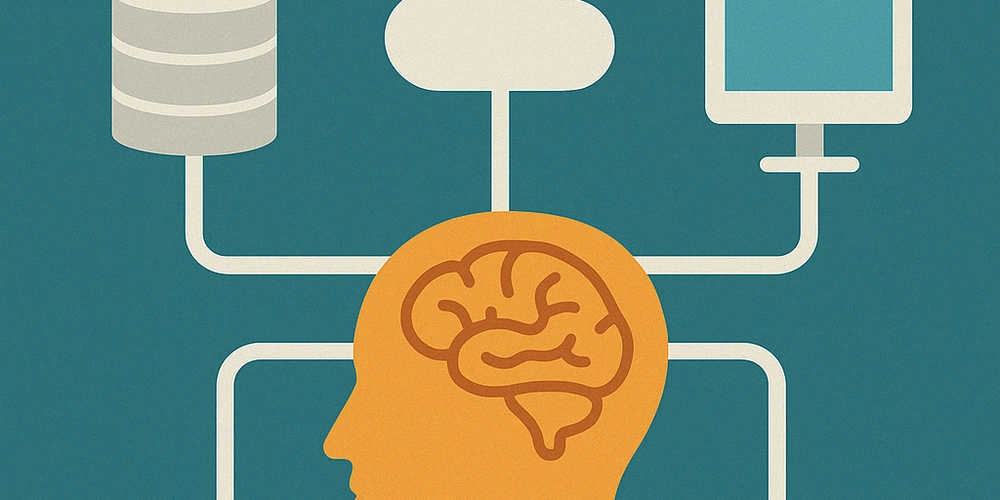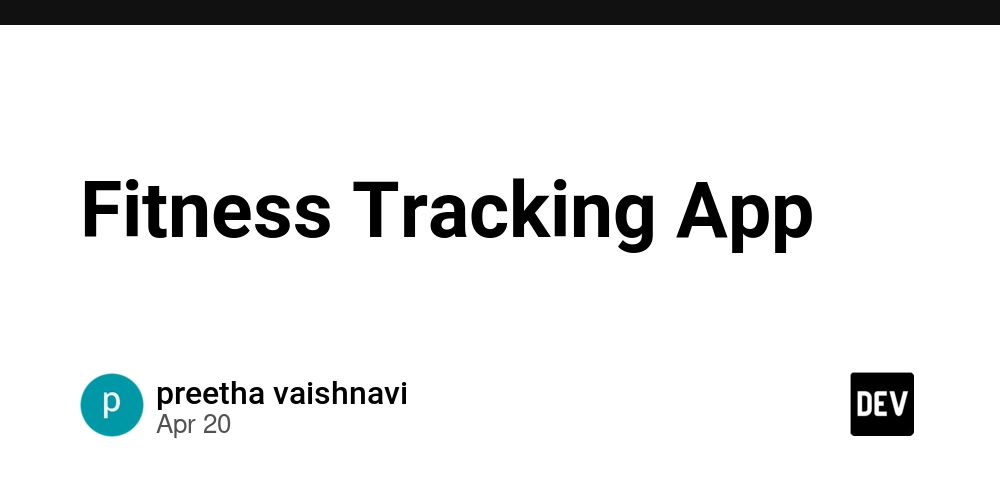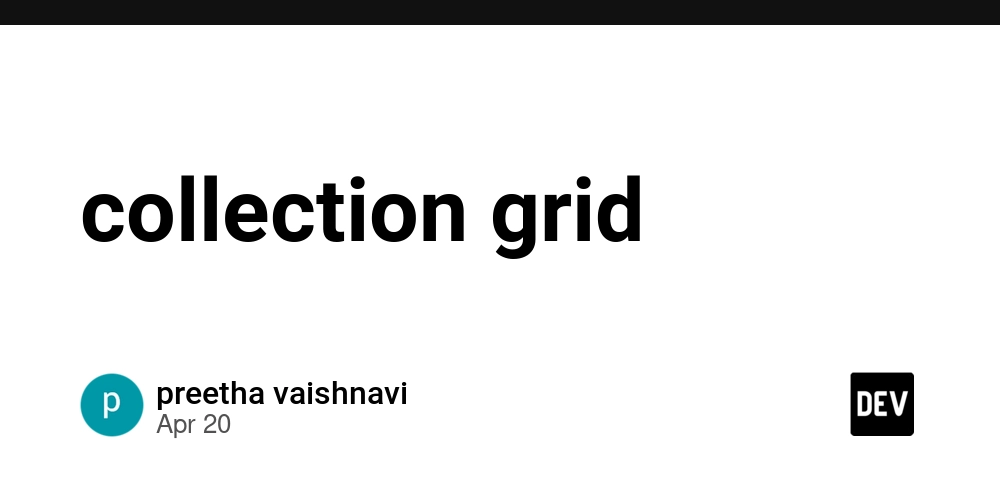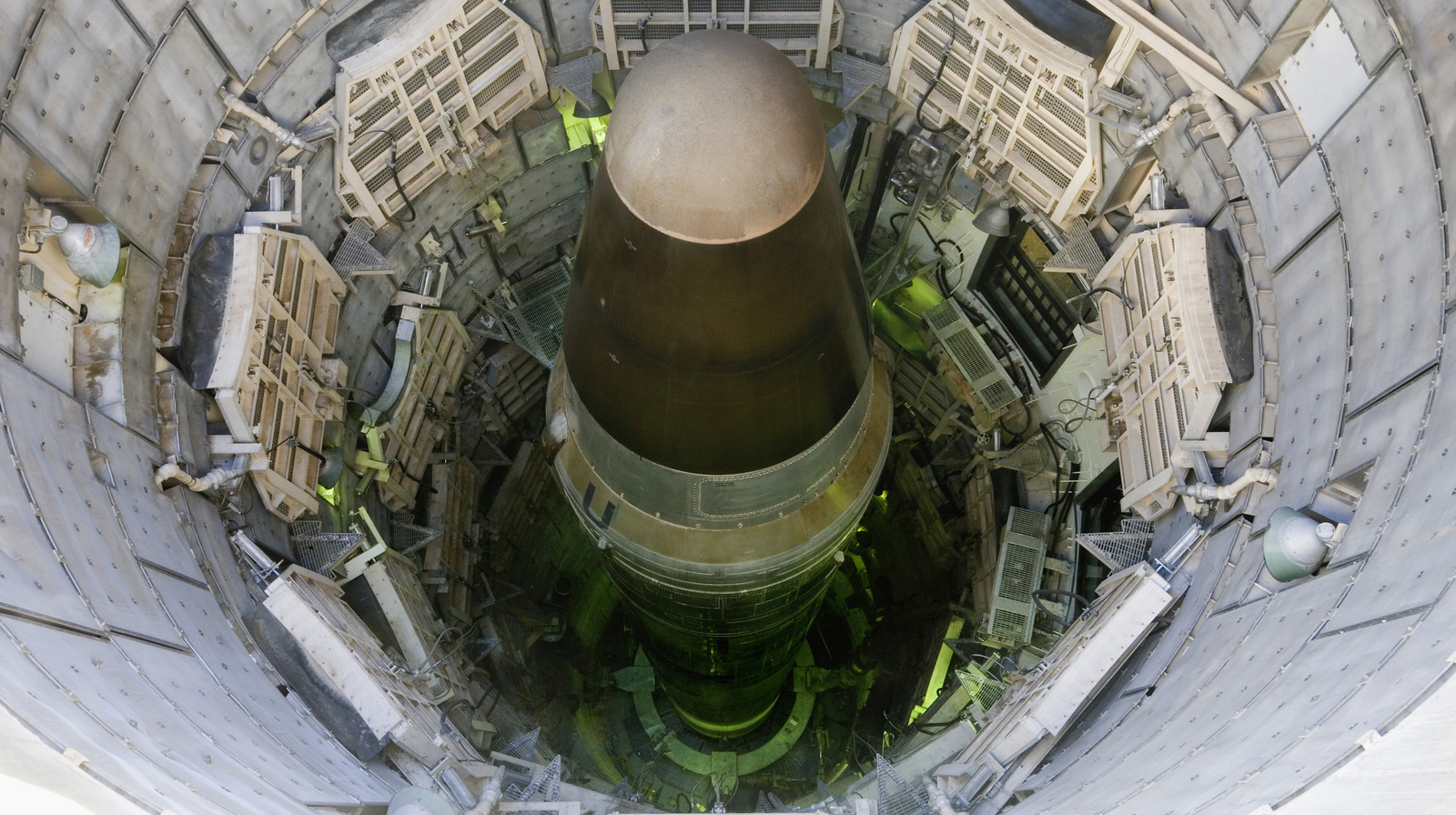Blockchain Knowledge.
Blockchain is a decentralized, distribution ledger that records transactions across multiple nodes in a secure and transparent manner. It eliminates the need for intermediaries by enabling peer to peer transaction that are tamper resistant and verifiable . Blockchain is like a digital notebook that records transactions in a secure and transparent way. Imagine you and a group of friends keep track of the money you lend to each other in a notebook. Each time someone borrow or repays money, you write it down and everyone can see it .Once something is written cannot be changed ensuring trust. In blockchain this entries are called blocks and they are linked together like chain .The notebook is stored on many computers {called nodes] So no one person controls it .This technology ensures transparency in transaction and secure . It cannot be tempered with making it perfect for cryptocurrencies like Bitcoin Block chain works like a digital notebook that records transactions. Each transaction is a block similar to a page in the notebook. Once a block is full of transactions details, its added to the chain forming a record of all transactions that have ever happened. This blocks are stored on multiple computers called nodes rather than in one central place, so everyone can see and verify the transactions. Each block is linked to previous one making it nearly impossible to change any information without altering the whole chain. This system ensures transparency and security. For example if you send money using bitcoin the transaction is added as a block in the blockchain visible to everyone but secure from tampering. Blockchain has three key features Decentralization which means no single person or organization controls the system. Transparency which means every transaction is visible to everyone in the network like public ledger so anyone can verify the records. Immutability which means that once a transaction is added cant be changed or erased like writing in the pen rather than pencil. For example if you send money using bitcoin everyone in the network can see the transaction but no one can alter it ensuring security and trust in the system. Types of blockchain we have three types private, public and consortium. A public blockchain like bitcoin is open to everyone meaning anyone can join, view and verify transactions. Its like open library where anyone can read a book. A private blockchain is restricted allowing only certain people or organizations to participate. Its like a private club where only members can enter and use the services. A consortium blockchain is a mix of both where multiple organizations share control but not everyone has access . Its like a group of businesses managing a shared library where only certain companies can add books but others can read them. Consensus mechanisms are ways blockchain networks agree on transactions. Proof of work {PoW} used by bitcoin is like a race where computers solve complex puzzles to add a block to the blockchain. The first to solve it gets rewarded. Proof of stake {PoS} used by Ethereum is like a lottery where the more cryptocurrency you stake or lock up the higher your chance of being chosen to validate transactions. Other mechanisms include Proof of Authority{PoA} where trusted authorities validate transactions and Delegated Proof of stake {DPoS} where users vote for representatives to make decisions. Each mechanism helps secure the network and keeps it running smoothly. Smart contracts are self executing agreements where the terms are written in code and automatically carried out when conditions are met. Think of it like a vending machine ,you insert the money , select your snack and the machine automatically delivers it. For examples ,in real estate a smart contract can automatically transfer ownership of a house once the buyer pays the agreed amount. There is no need for middleman like a lawyer to enforce the contract. This make transactions faster ,cheaper and more secure because the rules are clear and automatically enforced on the blockchain. Blockchain has many uses beyond cryptocurrency. In supply chain it helps track products from origin to store ,ensuring authenticity and reducing fraud like knowing where your food comes from and if its organic. In healthcare blockchain securely stores patients data making it is easy for doctors to access it while protecting privacy like having a digital health records that only authorized people can view. Additionally its also used in identity verification proving who you are without using physical Ids. These uses show how blockchain can make industries more efficient , secure and transparency. Blockchain technology offers many benefits ,Including security, transparency and decentralization. However blockchain faces challenges. It requires significant energy especially with proof of work systems like bitcoin. Additionally scalability can be an issue as processing large numbers of transactions can be slow. Lastly,


 Blockchain is a decentralized, distribution ledger that records transactions across multiple nodes in a secure and transparent manner. It eliminates the need for intermediaries by enabling peer to peer transaction that are tamper resistant and verifiable . Blockchain is like a digital notebook that records transactions in a secure and transparent way. Imagine you and a group of friends keep track of the money you lend to each other in a notebook. Each time someone borrow or repays money, you write it down and everyone can see it .Once something is written cannot be changed ensuring trust. In blockchain this entries are called blocks and they are linked together like chain .The notebook is stored on many computers {called nodes] So no one person controls it .This technology ensures transparency in transaction and secure . It cannot be tempered with making it perfect for cryptocurrencies like Bitcoin
Blockchain is a decentralized, distribution ledger that records transactions across multiple nodes in a secure and transparent manner. It eliminates the need for intermediaries by enabling peer to peer transaction that are tamper resistant and verifiable . Blockchain is like a digital notebook that records transactions in a secure and transparent way. Imagine you and a group of friends keep track of the money you lend to each other in a notebook. Each time someone borrow or repays money, you write it down and everyone can see it .Once something is written cannot be changed ensuring trust. In blockchain this entries are called blocks and they are linked together like chain .The notebook is stored on many computers {called nodes] So no one person controls it .This technology ensures transparency in transaction and secure . It cannot be tempered with making it perfect for cryptocurrencies like Bitcoin
Block chain works like a digital notebook that records transactions. Each transaction is a block similar to a page in the notebook. Once a block is full of transactions details, its added to the chain forming a record of all transactions that have ever happened. This blocks are stored on multiple computers called nodes rather than in one central place, so everyone can see and verify the transactions. Each block is linked to previous one making it nearly impossible to change any information without altering the whole chain. This system ensures transparency and security. For example if you send money using bitcoin the transaction is added as a block in the blockchain visible to everyone but secure from tampering.
Blockchain has three key features Decentralization which means no single person or organization controls the system. Transparency which means every transaction is visible to everyone in the network like public ledger so anyone can verify the records. Immutability which means that once a transaction is added cant be changed or erased like writing in the pen rather than pencil. For example if you send money using bitcoin everyone in the network can see the transaction but no one can alter it ensuring security and trust in the system.
Types of blockchain we have three types private, public and consortium. A public blockchain like bitcoin is open to everyone meaning anyone can join, view and verify transactions. Its like open library where anyone can read a book. A private blockchain is restricted allowing only certain people or organizations to participate. Its like a private club where only members can enter and use the services. A consortium blockchain is a mix of both where multiple organizations share control but not everyone has access . Its like a group of businesses managing a shared library where only certain companies can add books but others can read them.
Consensus mechanisms are ways blockchain networks agree on transactions. Proof of work {PoW} used by bitcoin is like a race where computers solve complex puzzles to add a block to the blockchain. The first to solve it gets rewarded.
Proof of stake {PoS} used by Ethereum is like a lottery where the more cryptocurrency you stake or lock up the higher your chance of being chosen to validate transactions.
Other mechanisms include Proof of Authority{PoA} where trusted authorities validate transactions and Delegated Proof of stake {DPoS} where users vote for representatives to make decisions. Each mechanism helps secure the network and keeps it running smoothly.
Smart contracts are self executing agreements where the terms are written in code and automatically carried out when conditions are met. Think of it like a vending machine ,you insert the money , select your snack and the machine automatically delivers it. For examples ,in real estate a smart contract can automatically transfer ownership of a house once the buyer pays the agreed amount. There is no need for middleman like a lawyer to enforce the contract. This make transactions faster ,cheaper and more secure because the rules are clear and automatically enforced on the blockchain.
Blockchain has many uses beyond cryptocurrency. In supply chain it helps track products from origin to store ,ensuring authenticity and reducing fraud like knowing where your food comes from and if its organic.
In healthcare blockchain securely stores patients data making it is easy for doctors to access it while protecting privacy like having a digital health records that only authorized people can view. Additionally its also used in identity verification proving who you are without using physical Ids.
These uses show how blockchain can make industries more efficient , secure and transparency.
Blockchain technology offers many benefits ,Including security, transparency and decentralization. However blockchain faces challenges. It requires significant energy especially with proof of work systems like bitcoin. Additionally scalability can be an issue as processing large numbers of transactions can be slow. Lastly, legal and regulatory concerns remain a hurdle for widespread adoption.
Future of blockchain is exiting with many trends and innovations on the horizon .One major trends is the rise of Decentralized Finance {DeFi},NFT etc .As more industries adopt blockchain its potential to transform finance, supply chains and beyond continues to expand. With all this remarks and studies it will be of good benefit to the beginner to know and get the required knowledge on blockchain.









































































































































































![[The AI Show Episode 144]: ChatGPT’s New Memory, Shopify CEO’s Leaked “AI First” Memo, Google Cloud Next Releases, o3 and o4-mini Coming Soon & Llama 4’s Rocky Launch](https://www.marketingaiinstitute.com/hubfs/ep%20144%20cover.png)




























































































































![[DEALS] The All-in-One Microsoft Office Pro 2019 for Windows: Lifetime License + Windows 11 Pro Bundle (89% off) & Other Deals Up To 98% Off](https://www.javacodegeeks.com/wp-content/uploads/2012/12/jcg-logo.jpg)




























![Is this too much for a modular monolith system? [closed]](https://i.sstatic.net/pYL1nsfg.png)






















































































































_Andreas_Prott_Alamy.jpg?width=1280&auto=webp&quality=80&disable=upscale#)






























































































![What features do you get with Gemini Advanced? [April 2025]](https://i0.wp.com/9to5google.com/wp-content/uploads/sites/4/2024/02/gemini-advanced-cover.jpg?resize=1200%2C628&quality=82&strip=all&ssl=1)












![Apple Shares Official Trailer for 'Long Way Home' Starring Ewan McGregor and Charley Boorman [Video]](https://www.iclarified.com/images/news/97069/97069/97069-640.jpg)
![Apple Watch Series 10 Back On Sale for $299! [Lowest Price Ever]](https://www.iclarified.com/images/news/96657/96657/96657-640.jpg)
![EU Postpones Apple App Store Fines Amid Tariff Negotiations [Report]](https://www.iclarified.com/images/news/97068/97068/97068-640.jpg)
![Apple Slips to Fifth in China's Smartphone Market with 9% Decline [Report]](https://www.iclarified.com/images/news/97065/97065/97065-640.jpg)



































































































































